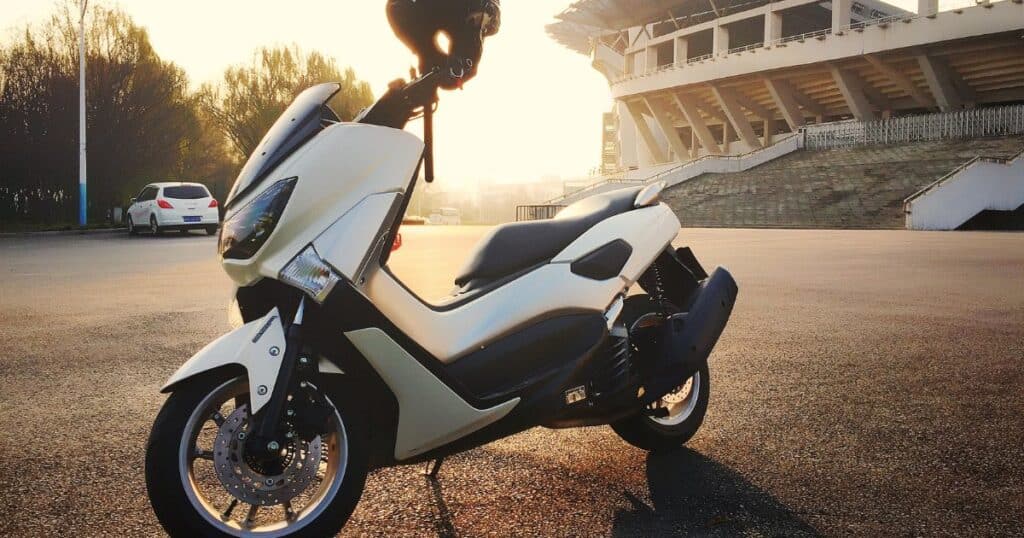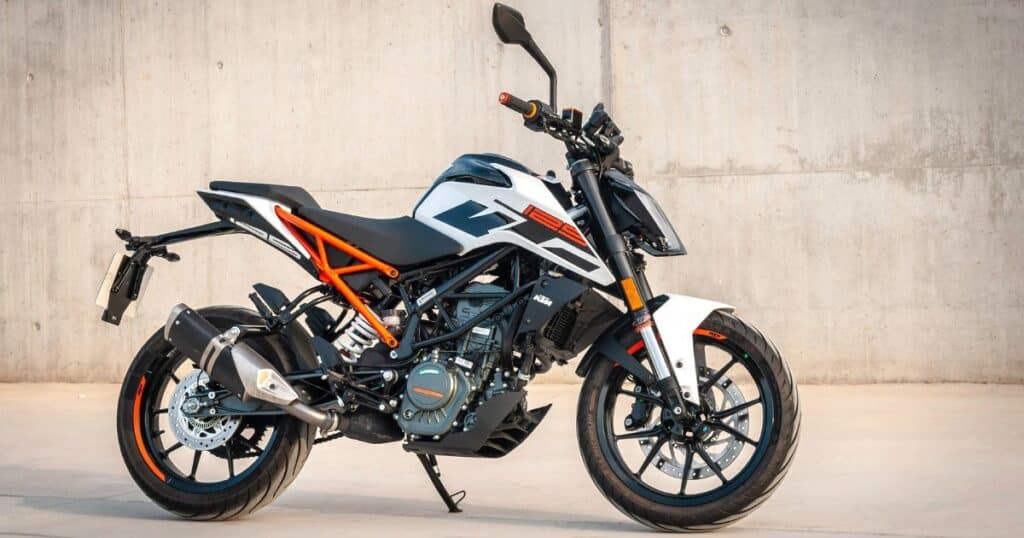Transporting motorcycles across state lines is more complicated than simply loading them into a truck and hitting the highway. As the rise of electric motorcycles disrupts the traditional internal combustion engine (ICE) market, shippers, riders, and sellers must now navigate an increasingly complex web of motorcycle shipping regulations. Whether you’re a private seller, dealership, or enthusiast, understanding these legal red flags can save you from delays, fines, or worse.
At AA Motorcycle Shipping, we specialize in coast-to-coast bike transport. Whether you’re moving a gas-powered cruiser or the latest electric ride, this guide breaks down the key differences in motorcycle shipping regulations between the two.
Box Truck Rules & Fuel Transport Restrictions
Why Fuel Regulations Exist
Fuel-powered motorcycles contain flammable liquids that fall under federal hazardous material transport rules. The Department of Transportation (DOT) and the Federal Motor Carrier Safety Administration (FMCSA) both have strict guidelines to prevent accidents during interstate transport.
Transporters must follow rules regarding the volume of residual fuel allowed, the use of placards indicating hazardous contents, and the type of vehicle used for shipping. These laws are intended to reduce fire risk and protect the public in case of a collision or leakage.
How ICE Motorcycles Are Affected
Internal combustion engine bikes must often be drained of fuel before shipment, depending on the method of transport and the state’s own rules. Some states enforce these laws more stringently than others, especially when shipping via enclosed trailers or box trucks.
Shipping ICE bikes in enclosed vehicles may require hazmat certifications, increasing the cost and complexity. Even slight violations can result in penalties or the shipment being rejected at a state border.
The Electric Loophole: Fewer Hazards, New Rules


Perceived Safety Advantage of EVs
Electric motorcycles sidestep many of the fuel-related issues, as they don’t contain gasoline or require oil changes. This eliminates the need for certain hazardous material precautions, making them easier to ship in many cases.
Because EVs are not considered flammable cargo in the same way, many transporters treat them as regular freight. This can reduce shipping costs and speed up processing.
Lithium Battery Challenges
However, EVs aren’t entirely free of risk. Their lithium-ion batteries pose significant hazards, especially in high temperatures or if the cells are damaged in transit.
Most regulations focus on the battery’s watt-hour rating and packaging standards. Improper handling can lead to thermal runaway, fire, or even explosions, which is why many states have begun to enforce EV battery transport standards.
Motorcycle Shipping Regulations Vary by State
Inconsistent State-by-State Rules
Unfortunately, motorcycle shipping regulations are not uniform across the U.S. Some states, like California, impose additional environmental or transport rules, while others may have relaxed enforcement or outdated policies.
A bike that meets shipping regulations in Texas might be stopped or fined when entering New York due to differing documentation or packaging rules. This inconsistency makes it essential to use an experienced transporter who understands the regulations in each jurisdiction.
Transporter Liability Across Jurisdictions
Transporters are responsible for ensuring compliance, even when laws shift mid-route. Ignorance of a specific state’s fuel or battery shipping policy won’t prevent authorities from issuing fines.
That’s why professional carriers like AA Motorcycle Shipping stay up to date on the latest motorcycle shipping regulations. Liability for non-compliance doesn’t just include monetary fines; it could lead to insurance complications or damage claims denial.
Inspection & Paperwork Headaches
Pre-Transport Vehicle Prep Requirements
Gas-powered motorcycles often require prepping before transport, including draining fuel, checking for leaks, and sometimes disconnecting the battery. These steps help ensure the vehicle passes inspection before it’s loaded.
Some states mandate inspection logs or transport authorization forms. Failing to complete this prep can delay shipments or increase costs.
EV Documentation Differences

Electric motorcycles may require documentation showing battery watt-hour ratings and manufacturer safety certifications. Some states demand a Certificate of Origin or documents proving the bike complies with battery safety protocols.
As EV regulations evolve, new paperwork is being introduced. Inexperienced shippers might not be aware of these forms, which could result in shipment rejection or return.
Insurance and Carrier Requirements
Cost and Coverage Disparities
Insurance premiums vary depending on whether the bike is gas-powered or electric. ICE bikes typically cost more to insure during transport due to fire and leak risks.
EVs, while sometimes cheaper to insure, can incur high damage claims if the battery system is compromised. Specialized insurance is often required to handle the full value of an electric bike and its battery components.
Specialized Equipment and Carrier Certification
Not all transporters are equipped to handle both types of motorcycles. Shipping EVs safely may require temperature-controlled trailers or equipment for battery isolation.
Some states now require carriers to have certifications for lithium battery handling. Failing to use a certified transporter can jeopardize insurance coverage and lead to legal issues.
Federal Push for Regulation Standardization
Recent Federal Proposals and NHTSA Involvement
To address confusion across states, federal agencies like the National Highway Traffic Safety Administration (NHTSA) are working to standardize shipping regulations. These include new guidelines on lithium battery handling, vehicle labeling, and transport classification.
While these proposals are still under review, they signal a coming shift toward national consistency. This could simplify interstate shipping but may also raise compliance standards in states with looser motorcycle shipping regulations.
Future Outlook: What Transporters and Owners Should Expect
As electric motorcycle sales continue to grow, expect increased oversight and updated shipping laws. New documentation, inspection procedures, and certifications are likely to become the norm within the next few years.
Those who ship motorcycles frequently will benefit from working with a transporter who adapts quickly to changes in motorcycle shipping regulations. Staying ahead of these trends avoids legal setbacks and protects your investment.
Tips for Safe and Compliant Shipping
- Ask about fuel protocols. Confirm whether your ICE bike needs to be drained or prepped before pickup.
- Verify EV battery specs. Make sure the transporter understands lithium-ion battery handling requirements.
- Check for certifications. Use carriers with DOT or hazmat certifications when required.
- Request insurance proof. Ensure your shipment is fully covered, especially for high-value electric motorcycles.
- Review documentation requirements. Ask your transporter what paperwork is needed based on your destination state.
By following these tips, you can avoid costly mistakes and ensure a smooth process that aligns with current motorcycle shipping regulations.
Lastly, Know the Rules Before the Road
Whether you’re transporting a Harley with a full tank or a zero-emission electric bike, crossing state lines means crossing legal boundaries too. Each type of motorcycle presents different compliance challenges, from fuel tank restrictions to lithium battery hazards.
At AA Motorcycle Shipping, we handle all the legal red tape so you don’t have to. With decades of experience and a nationwide network, we’re equipped to ship any motorcycle safely and legally across state lines. Get a Quote Now.




